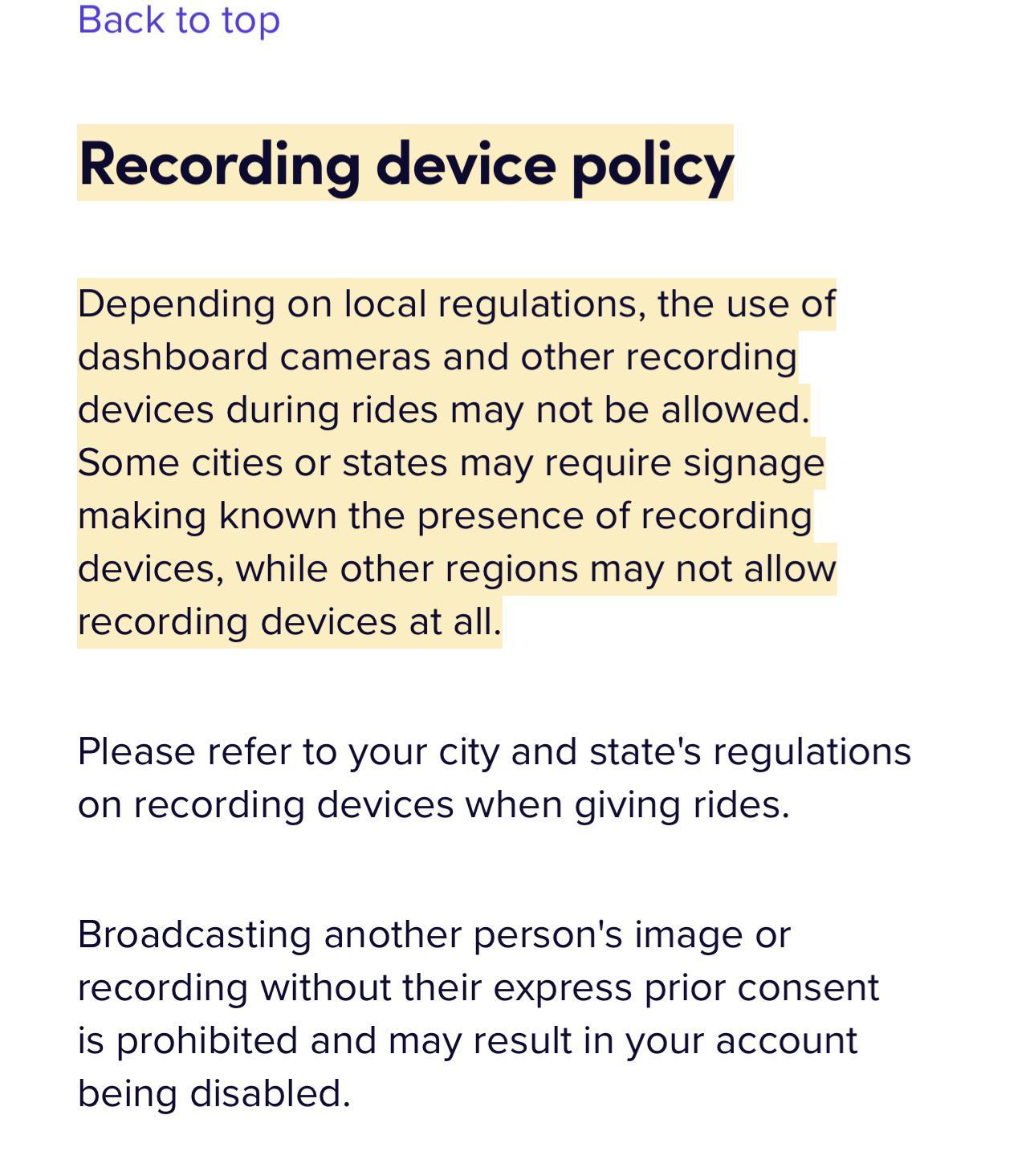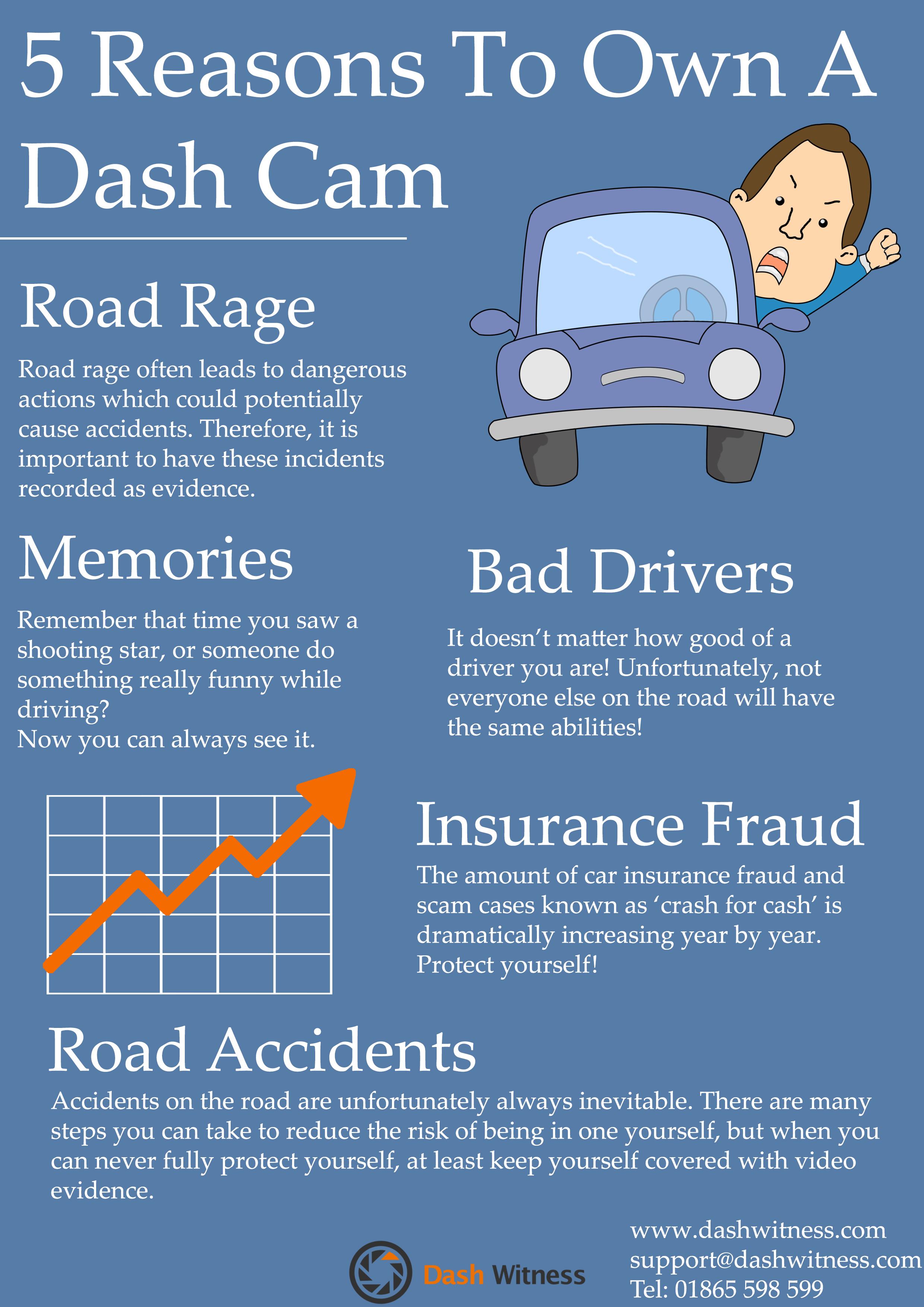In the ever-evolving realm of the trucking industry, where miles of highway can stretch endlessly and the demands of the road are ever-present, a silent partner has emerged to assist drivers in navigating their daily journeys. Enter the dashcam—an unassuming gadget that has transformed from a niche accessory to an essential tool for truckers, enhancing safety and clarity on the road. As the chatter around dashcam technology intensifies, it becomes crucial to explore the policies governing their use and the myriad benefits they offer to professional drivers. From safeguarding against fraud to providing invaluable evidence in disputes, dashcams have become more than just cameras; they are vital components that drive accountability and security in an industry marked by its unique challenges. In this article, we will delve into the landscape of dashcam policies affecting truckers and unravel the benefits that come hand in hand with this innovative technology.
Understanding Dashcam Policies and Their Impact on Trucking Operations
Understanding the nuances of dashcam policies is essential for trucking operations, as thes technologies are increasingly becoming standard in the industry. Companies that implement dashcam systems can benefit from reduced insurance premiums and enhanced driver accountability. By capturing real-time footage of incidents, dashcams provide crucial evidence that can defend against false claims and driver misconduct allegations. Additionally, such policies foster a culture of safety and responsibility among drivers, ensuring they adhere to traffic laws and company safety standards. Key aspects of dashcam policies may include:
- Data Privacy: Clear guidelines on how footage will be stored and accessed.
- Usage Guidelines: Specific situations where dashcams are activated, such as accidents or harsh driving conditions.
- Reporting Procedures: Heedful protocols regarding the review and dissemination of dashcam footage.
The integration of dashcam technology directly impacts various facets of trucking operations. Fleet managers can utilize footage for driver training, reinforcing safe driving practices and correcting unsafe behaviors before they result in accidents. Moreover, the clarity offered by dashcams can enhance communication with clients, providing them with proof of delivery and accountability during transport. The potential for operational efficiency also increases as teams analyze dashcam data to identify patterns in driving behavior or vehicle performance. A simplified comparison of benefits can be outlined in the table below:
| Benefit | Description |
|---|---|
| Reduced Insurance Costs | Lower premiums due to improved risk management. |
| Enhanced Training | Utilization of footage for coaching and driver improvement. |
| Increased Accountability | Clear evidence in case of claims or disputes. |

Enhancing Safety and Accountability Through Dashcam Technology
Incorporating dashcam technology into trucking operations has proven to be a game-changer in promoting safety and accountability on the road. The presence of cameras not only acts as a deterrent against reckless driving but also provides invaluable evidence in the event of an accident. By capturing real-time footage, drivers can effectively refute false claims and demonstrate adherence to traffic laws. Key benefits of dashcams include:
- Accurate Documentation: provides visual proof of events during incidents.
- Insurance Premium reduction: Many insurers offer discounts for fleets equipped with dashcams.
- Enhanced Training Opportunities: Footage can be used to train drivers on best practices and safety protocols.
Moreover,dashcams encourage a culture of responsibility among drivers. Knowing they are being recorded can lead to safer driving behaviors, such as obeying speed limits and avoiding distractions. This shift in mindset can dramatically reduce the number of accidents and enhance overall fleet performance. Consider the following statistics regarding dashcam impact in the trucking industry:
| Statistic | Percentage |
|---|---|
| Accident reduction | 30% |
| fraudulent Claims Decrease | 50% |
| Insurance Savings | 15% |

navigating Privacy Concerns and Legal Considerations for Truck Drivers
As the adoption of dashcam technology increases among truck drivers, navigating the complex web of privacy concerns and legal frameworks becomes paramount. Truckers must be aware that while dashcams provide a wealth of safety and accountability benefits, they also capture sensitive data, wich can raise questions about consent and privacy. It’s crucial for drivers to implement clear policies regarding the usage of these devices, including who has access to recorded footage and under what circumstances it can be shared. Transparency is key; truck drivers should inform clients and any involved parties about dashcam operation, ensuring compliance with local and federal privacy laws.
Moreover, adopting a robust understanding of applicable regulations can help avoid potential legal pitfalls. Key points to consider include:
- Data Retention Policies: Establish how long footage will be stored and under what conditions it will be deleted.
- Third-Party Access: Determine whether the footage can be shared with insurers, law enforcement, or other stakeholders.
- Consent notices: Use signage or notifications to inform passengers and other drivers that recording is in progress.
Encouragingly, with the right strategies in place, dashcam systems not only act as protective tools for drivers but also help enhance overall road safety, candidate for future litigation, and reduce insurance costs.

Maximizing the Benefits of Dashcams: Best Practices and Recommendations
To truly leverage the advantages of dashcams, truckers should implement several best practices that ensure optimal functionality and accountability. Regularly check camera angles to guarantee unobstructed views of the road and surroundings. This maximizes the potential to capture vital footage during incidents.Maintain proper device settings by checking resolution, storage limits, and loop recordings frequently, ensuring no crucial moments are missed. Additionally,establish a data management system to securely store and categorize video footage. This can facilitate easy retrieval when needed for training or reporting purposes.
Moreover, integrating dashcams with other fleet management technologies can amplify benefits substantially. For example, GPS tracking combined with dashcam footage allows for precise location data to correlate with incidents, providing extensive insights into driving patterns. Create a culture of accountability within the fleet by promoting the use of dashcam footage not only for incident review but also for recognizing safe driving behaviors. Implementing regular training sessions based on dashcam reviews can enhance driver skills and diminish the chances of accidents, leading to safer roads for everyone.
Concluding Remarks
In an industry where safety and accountability are paramount, incorporating dashcam technology is not just a trend but a strategic move for truckers. As we’ve explored, dashcams offer a myriad of benefits—from enhancing driving behavior to providing crucial evidence in the event of disputes. By understanding the policies surrounding these devices, truckers can better navigate the regulations while reaping their advantages.
As the road continues to evolve, so to do the tools available to protect those who traverse it. Embracing dashcams not only empowers individual drivers but also contributes to the overall safety and efficiency of the logistics landscape. Whether it’s capturing a moment of clarity on the highway or serving as a valuable resource in a complex situation, dashcams are transforming the way truckers approach their profession.
As you hit the road, consider the role that this technology can play in your journey. After all,in the world of trucking,a clear view ahead might just be the key to navigating both challenges and opportunities with confidence. Safe travels!
